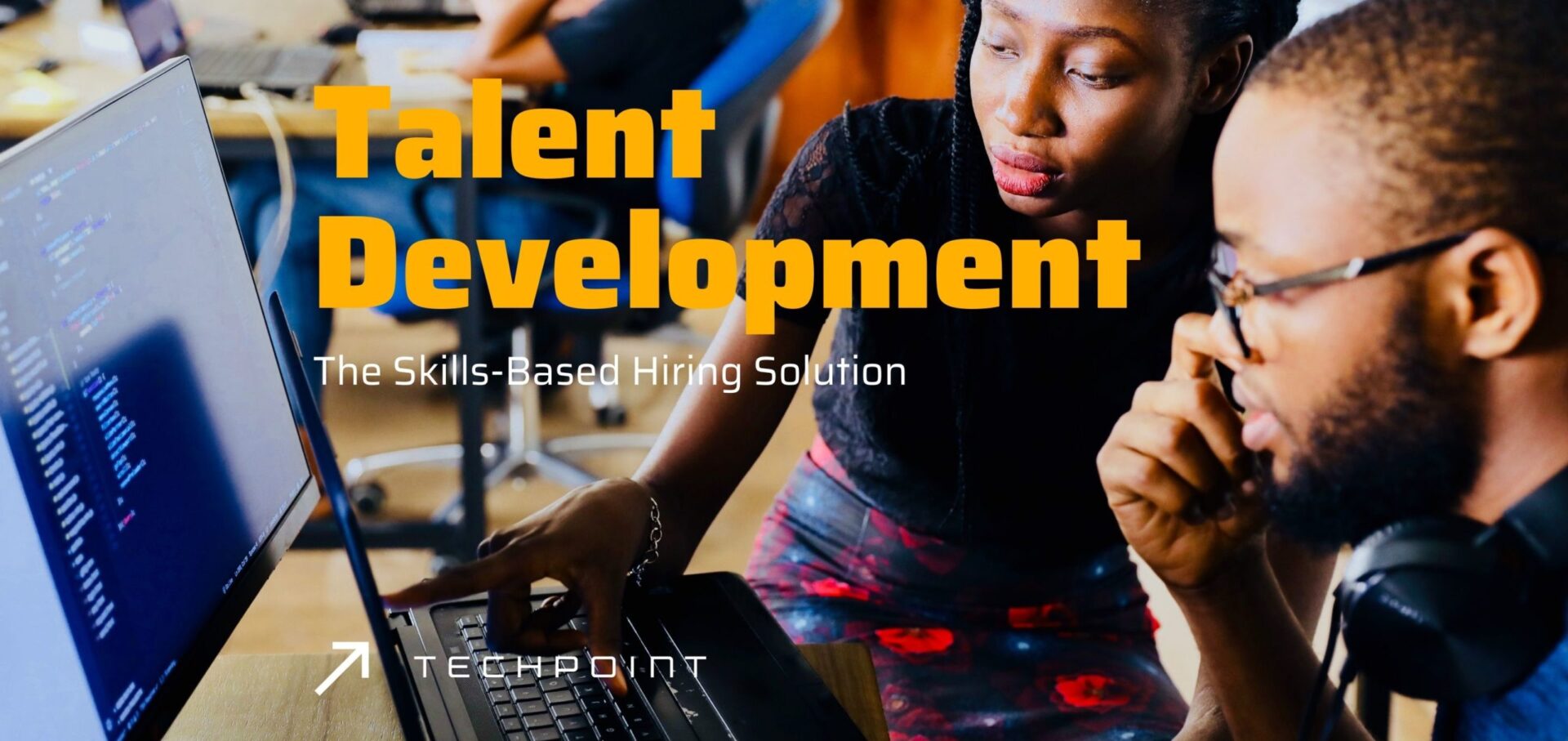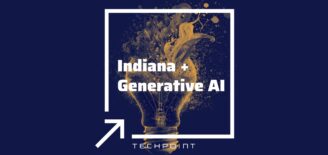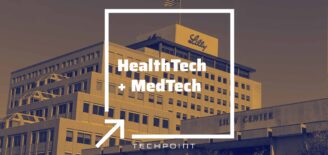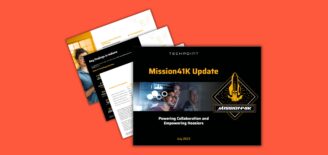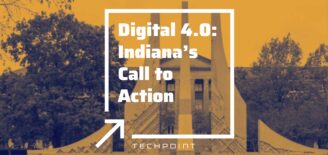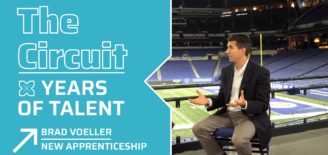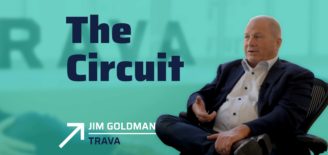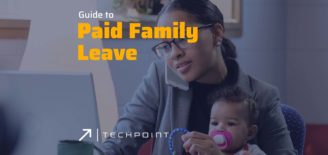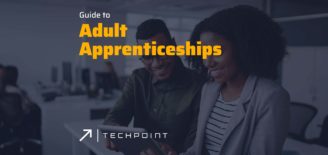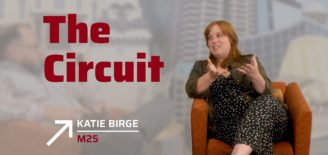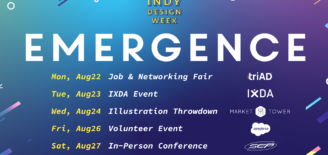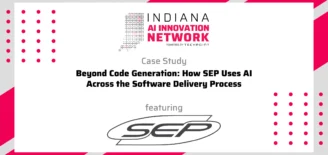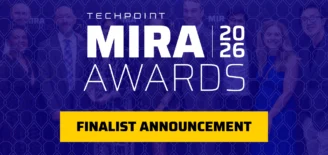How Skills-Based Hiring will help Resolve Indiana’s Biggest Tech Talent Challenges
Indiana tech leaders have long struggled with how to attract, retain and grow needed talent. Shifting from outdated and biased hiring practices that exclude up to 95 percent of Hoosiers from employment consideration to a skills-based approach would be a major step toward resolving that challenge.
Skills-based hiring, also called skills-first hiring, puts a premium on sourcing and screening candidates based on their combination of specific professional and technical skills required to do the job, rather than their years of experience or formal education. It offers two essential benefits to companies.
- It ensures recruiters are screening for the right variables that lead to the best performance.
- It will ultimately create a much more diverse workforce with the range of perspectives to successfully address the diverse, dynamic, and complex marketplace.
Companies like Eli Lilly, Cummins and OneAmerica have already made the shift to skills-based hiring. The Indiana Office of Technology (IOT) was the first state government agency in the country to do it with a connected apprenticeship program. The federal government has also incorporated a skills-first hiring approach.
Here’s why you should, too.
Making a Case for Skills-First Hiring
Increasing the amount and diversity of Indiana’s supply of high-demand tech workers is key to ensuring Indiana is nationally recognized as a major, thriving tech hub now and in the future.
Nearly 80 percent of the current job postings in Indiana require a bachelor’s degree as a minimum qualification but only 23 percent of native Hoosiers have such a degree. Many of those Hoosiers do, however, possess the skills and competencies required for many of the open positions because they’re either self-taught, learned on the job or have training that falls short of the degree status.
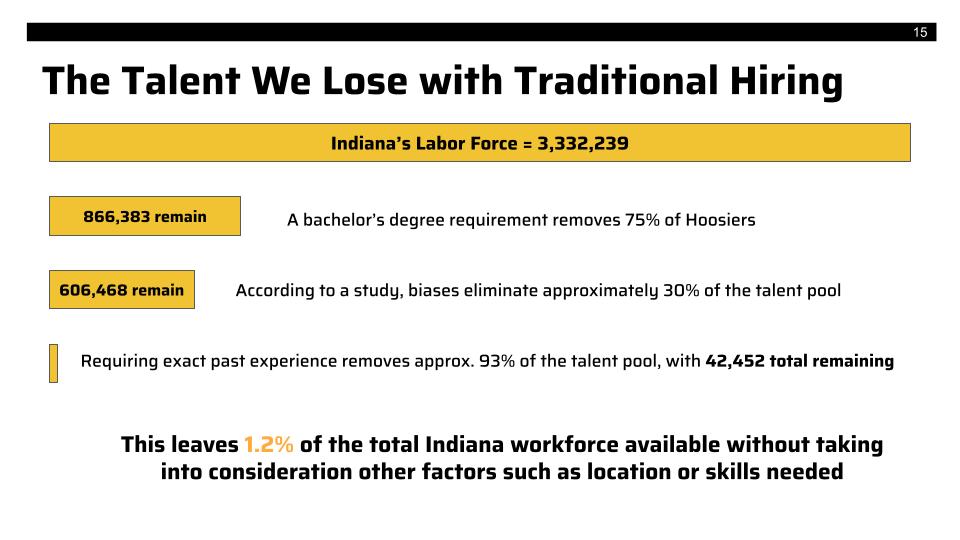
By clinging to the degree requirement, employers eliminate 70 percent or more of otherwise qualified candidates right from the start. Other traditional requirements like a certain number of years of experience reduces the hiring pool by an additional 15 to 20 percent. Certain language choices also discourage diverse candidates from applying.
Of course there are cases where degree requirements and years of experience are important considerations. But traditionally written job descriptions and hiring practices use those two factors as proxies for a person’s talent. And that is exacerbating challenges caused by an already tight labor market that is only going to continue to shrink as Baby Boomers continue to retire and the world deals with declining population.
Another key point is the fact that traditional hiring especially screens out women and others from historically under-represented groups, who face other barriers and challenges along the traditional pathway through higher education. Studies show that women won’t apply for jobs unless they feel they meet a large majority of the requirements in job descriptions. Removing requirements that aren’t actually necessary will greatly expand and diversify applications at the top of the funnel, to use a marketing tech term.
How Skills-Based Hiring Works
Let’s look at the IOT’s experience, which began in the fall of 2019 when the agency started the process of removing degree requirements from most job descriptions and built a non-traditional pathway program to leverage the new hiring approach. Amidst COVID, and the need to gain more qualified candidates, many state agencies utilized IOT’s skills-based approach to hiring, and Indiana became one of the leading states to employ a skills-first approach for technical roles.
IOT coupled the skills-based approach with adoption of the Indiana Department of Workforce Development’s State Earn and Learn (SEAL) certification. The program reskills adults from other occupations – among them, warehouse workers, truck drivers, line cooks and veterans – into high need IT business areas like cybersecurity and cloud operations. Candidates spend an average of 12 months in the SEAL IT program, with standard weeks balanced between study and achievement of industry-valued certifications and actual hands-on, work-based learning within an IOT team. The agency hired and onboarded its first two SEAL IT associates in March 2020. By spring 2021, both were hired into full-performance roles – one with the Deployment room – helping to build and deploy more than 6,000 PCs each year – and one into the Security Team. Since then, 30 others have been hired to support ten functional teams across the agency.
“This program takes individuals excited for a career change into IT, provides them with work-based learning, mentoring, coaching, and industry certifications to launch them on successful career paths across the State of Indiana,” IOT Chief Information Officer Tracy Barnes said. “IOT is eager to bring this talent into state government – and we are very pleased with the results of the program thus far, and I’m equally excited seeing the positive life impacts for the participants.”
What are the Benefits of Skills-Based Hiring?
Google used to obsess over hiring elite university graduates, but after tracking the performance of their employees against where they went to school and how well they did they, they realized that top performance at a top school is not related to great performance at Google at all, according to Google’s Senior Vice President of People Operations Laszlo Bock.
“It’s one of the flaws in how we assess people,” Bock said in a 2015 interview. “We assume that if you went to Harvard, Stanford or MIT that you are smart. We assume that if you got good grades you will do well at work… There is no relationship between where you went to school and how you did five, 10, 15 years into your career. So, we stopped looking at it.”
Global consulting firm Ernst & Young stopped requiring new hires to have a degree in 2016 after an internal study found no evidence of a correlation between academic success and job performance. Major employers including Apple and Tesla have more recently adopted skills-first approaches to hiring.
How to Get Started with a Skills-Based Approach to Hiring
1.) Mind the credentials and education you require:
Instead of focusing on must-have credentials, focus on responsibilities and outcomes for the role you’re promoting. Clearly state the kind of performance you expect from the chosen candidates, and what skills they’ll be using on a daily basis.
By doing so, candidates are able to determine for themselves if their skills will match what’s required from the role, without being bogged down by whether or not they have the listed credentials.
This is a growing trend, thanks to the rise in skills-based recruitment. LinkedIn has seen a 21 percent increase in job postings advertising skills and responsibilities, rather than qualifications and requirements. And, the number of job postings on LinkedIn that don’t require a degree increased by nearly 40 percent from 2019 to 2020.
To facilitate a skills-first approach and provide a foundation for stakeholder alignment, TechPoint has begun the ongoing process of convening tech and tech-enabled employers from across the state and different tech sectors to identify the most in-demand roles and to map the required skills and competencies for those roles. The first six roles developed by that process in partnership with Ascend, EmployIndy, and the Indiana Chamber include junior developer, software developer, IT support technician, project manager, product owner, and business analyst. The skills and competency maps for those skills roles can be found in our guide to Career Pathways and Competency Maps.
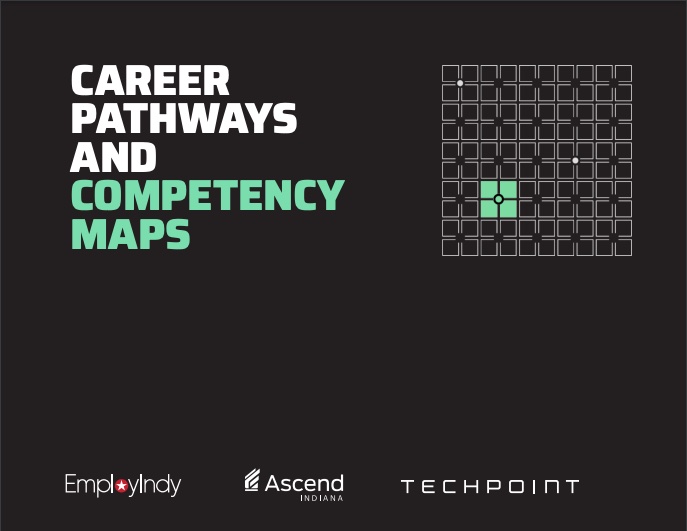
To provide employers with additional guidance and resources for getting started, TechPoint has also prepared a free guide entitled The Job Description Playbook: Inclusive, Skills-Based Listings.

2.) Change your ATS filters
Nearly 50 percent of U.S. workers say they have some form of an alternative credential, and among those who don’t, 49 percent have considered earning one. But only a third of HR professionals surveyed by Benefit News say their systems recognize alternative credentials. If you’re screening for specific skills, ensure that your Applicant Tracking System (ATS) is set to filter resumes for specific terms associated with those skills. Or, that you ask questions at the point of application that allow candidates to convey whether they possess certain specific skills. Also consider using search terms within your applicant tracking software that query the types of results you’ll need from the role like “growth,” “leadership,” ”efficiency,” and so on.
Of course, you should also remove any existing screening parameters that target years of experience and education where applicable.
Key stat: “… not enough companies have created systems to utilize alternative credentials. Forty-five percent of HR professionals surveyed say their organization uses automated prescreening tools to review job applicant resumes, but only a third of those say their systems recognize alternative credentials.
3.) Focus on skills in the interview phase
Hiring managers and potential team mates are typically the best people to determine if a candidate has the adequate skill set for the job. As such, you should encourage interviewers to dig for more information about the candidate’s skills and past performance.
This could include using structured interview questions to prove the candidate’s knowledge of specific skills or workflows. Ask for specific work examples and results that map back to your skills focus. You can also have other team members join the interview process to help determine the candidate’s competency level, skills, and knowledge.
4.) Use job auditions to probe deeper
After the interview phase, it’s a good idea to ask the candidate to complete a real-world exercise that demonstrates their skill set. This will be your final round of screening to ensure that the candidate has the competencies you need.
This might include tests for occupational skills (like writing, coding, data analysis, etc.), foundational skills (communication, presentations, collaboration, etc.), or a combination of the two.
5.) Select candidates based on demonstrable skills
After all screening phases are completed, review the results as a hiring team to determine which candidate best demonstrated the required skill set.
Select the candidate who achieved the best results during each phase of the process and who has demonstrable experience that relates to your specific job opening.
Skills-Based Hiring Pairs Well with New Pathways to Employment
Skills-first approaches work most effectively when paired with the creation of new job on-ramps and the use of non-traditional pathways. The success of IOT’s SEAL program provides just one example of Hoosier organizations moving successfully to embrace new pathways.
M2N | Minority Moves Network is another great example. It was founded to inspire change by creating opportunities for all communities. M2N identified the ways that structural inequalities have created barriers for many emerging professionals, particularly those from underrepresented racial, ethnic and gender groups. Parental guidance and support, financial stability, location, transportation, social norms and expectations are just some of the many factors that can contribute to a young person’s desire or ability to attend a traditional four-year college degree program.
M2N’s app and community-focus supports a skills-based approach and non-traditional pathways for both talent and employers that provide alternatives that lessen the financial burden, increase flexibility to balance other work or family obligations, provide technical training that can be applied immediately and a shorter return on investment.
M2N’s career platform, MPower, redraws the playing field for diverse professionals by recognizing and crediting nontraditional career pathways. Members receive talent scores based on their previous education and employment to help align them to potential job opportunities. A proprietary algorithm intentionally allocates points for nontraditional pathways including technical certificates, apprenticeships, and volunteer leadership experience to expand opportunities. Additionally, the impact network created through the MPower platform connects members in ways that might not happen on a traditional job board, alumni network, or LinkedIn.
In June, we will explore other programs complementary to skills-based hiring in great detail and lift up examples of local organizations successfully leveraging non-traditional pathways, such as Eleven Fifty and adult apprenticeships.
Adopting skills-based hiring is just one of the strategies needed to meet current and future tech talent demands. We must also create inclusive pathways to grow and nurture our own talent in addition to strategies that attract talent to Indiana.
Ensuring we continue to grow – and that we grow diversely – is key.
TechPoint is confident that with continuous innovation and collaboration, we can develop the workforce Indiana needs for the coming decade and achieve our objective of moving Indiana from 16th to among the 10th fastest growing tech sectors in the country.


